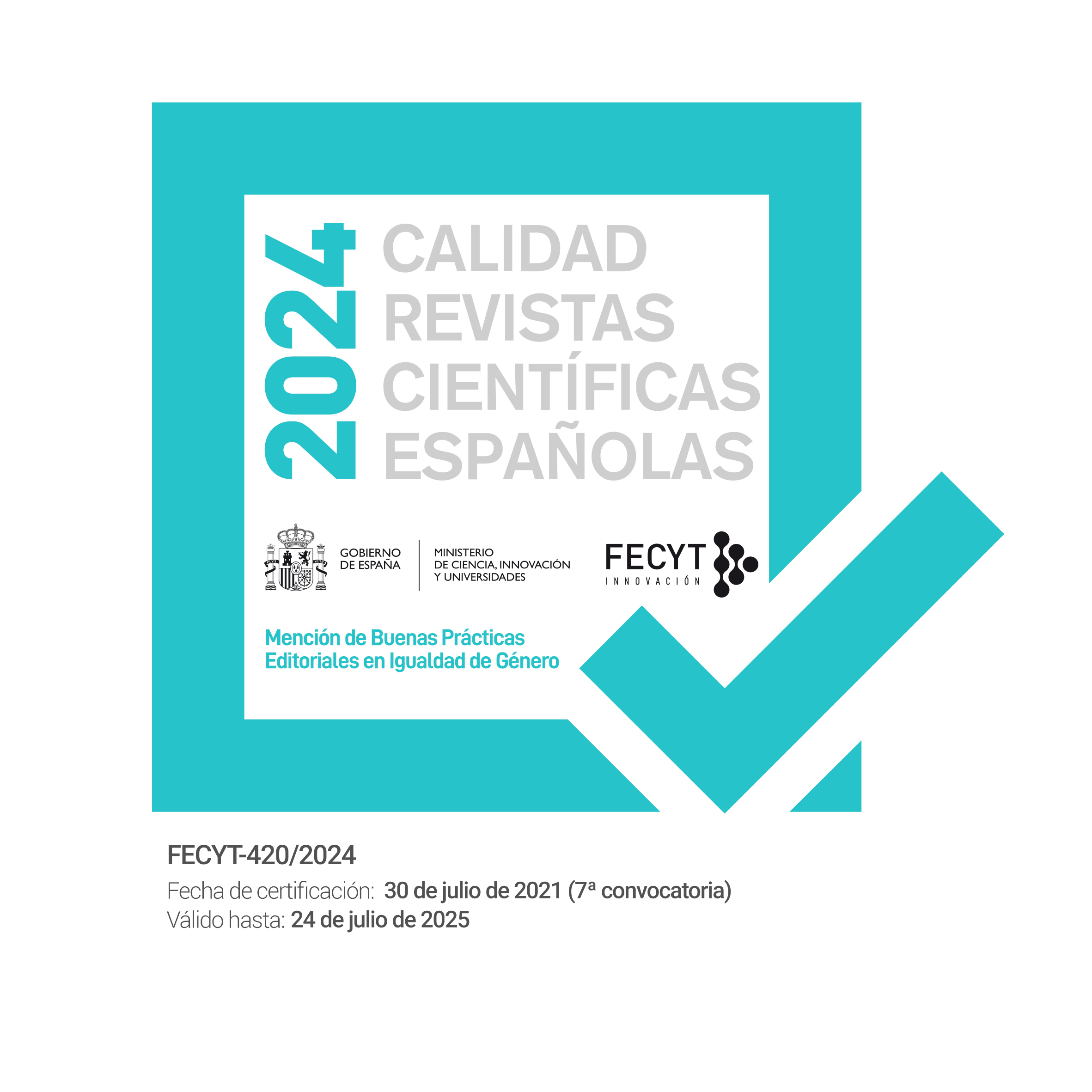Meaningful Clearings: Human-Ant Negotiated Landscapes in Nineteenth-Century Brazil
DOI:
https://doi.org/10.1344/452f.2024.30.5Keywords:
Environmental History, Brazil History, Tropical Forest, Animal HistoryAbstract
This article explores the conflicts between people and Atta leafcutter ants over the meaning of anthropogenic deforestation in nineteenth-century Brazil. As human agricultural settlement advanced, ants followed in its wake, harvesting leaves, flowers, fruits, and other plant parts from crops to supply their underground fungus gardens. In so doing, the ants, as semiotic selves, interpreted what humans had done and acted accordingly, producing historically consequential environmental change in the process. An examination of primary sources such as legislation, travel journals, agricultural manuals, government administrative documentation, and newspapers for human-ant conversations demonstrates how interspecies sense making has fueled social innovations and rearrangements, shaping technical developments, legal-administrative practices, parliamentary discussions, and even local electoral arenas. By taking written documents as surviving structures of embodied, more-than-symbolic conversations, this analysis both takes its cue from, and helps substantiate, what Ewa Domanska has termed a «multispecies co-authorship» approach to human-animal relations. It argues that such a theoretical-methodological stance helps environmental historians account for nonhuman agency by allowing the exploration of animals’ truly creative, rather than merely resistive, behavior.
Downloads
Published
How to Cite
Issue
Section
License
Copyright (c) 2024 Diogo de Carvalho Cabral

This work is licensed under a Creative Commons Attribution-NonCommercial-NoDerivatives 4.0 International License.
All contents published in the journal are protected under a Creative Commons BY-NC-ND license. This corresponds to legislation within Spain, and does not allow commercial use of the texts. It is not possible to modify the contents either.
General information.
Comparative Literature magazine 452ºF [ISSN 2013-3294] is a publishing project coordinated by Asociación Cultural 452ºF, and developed by its Editorial board.
Access to the Contents and Copyright.
All contents published in the journal are protected under a Creative Commons BY-NC-ND license. This corresponds to legislation within Spain, and does not allow commercial use of the texts. It is not possible to modify the contents either.
Every person has free access to the contents of the journal as long as they understand and assume that no profit is to be made on other people’s work.
In all cases, the original source name of the online journal and the article must be mentioned when used for any purposes.
Basic Conditions of all Call for Papers.
- 1. The author accepts that sending the paper:
- a. Does not guarantee the publication of it.
- b. Is done in accordance to the style-sheet of the magazine and the requirements of the specific call for papers.
- c. Implies the non-exclusive transferring of the first publication rights of the paper, as long as it is selected to be published in the journal, to theAsociación Cultural 452ºF, under a Creative Commons BY-NC-ND license.
- 2. The journal 452ºF, in due respect to moral rights of a copyright, guarantees that:
- a. All papers will be evaluated according to the procedure already mentioned.
- b. All authors will receive either a positive or negative answer to their sending a paper for publication.
- c. All papers will be published unabridged. The journal might make changes in the typographical disposition according to the needs.
- d. All papers will be published under a Creative Commons BY-NC-ND license.





